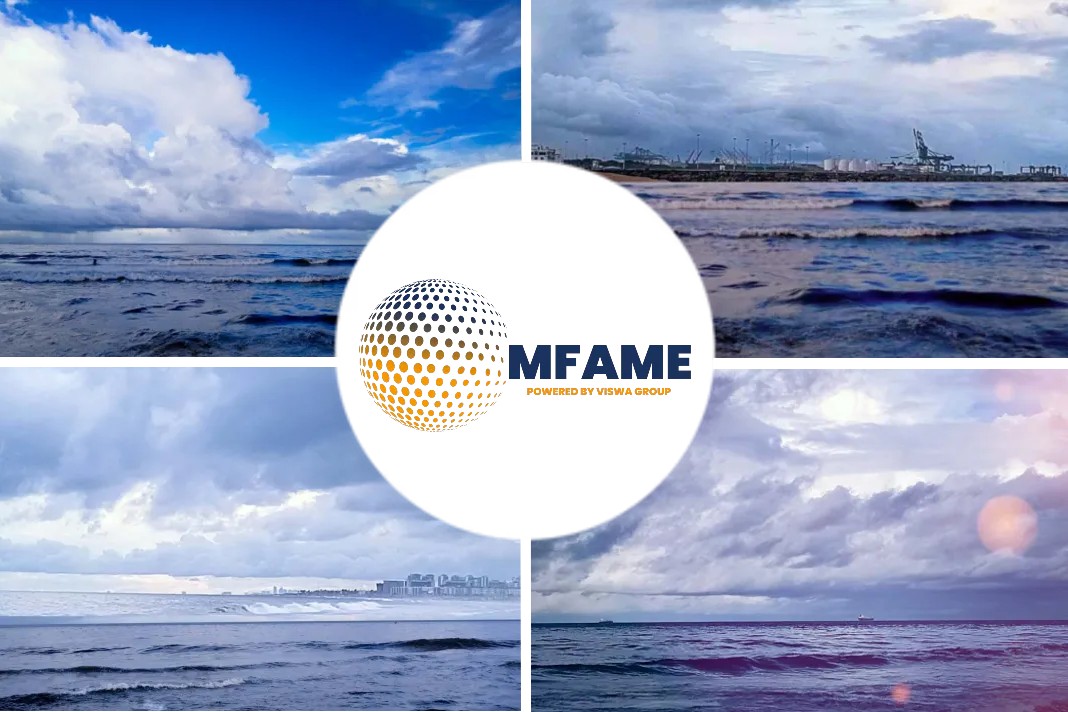- Petrobras has just produced and supplied its first batch of IMO 2020-compliant marine fuel, it is capable of producing 45,000-barrel per day.
- Sulfur content limits in bunker fuels used outside the designated Emission Control Areas (ECAs) will be reduced to 0.5% (from 3.5%) to reduce air emissions from shipping.
- Shell Marine has introduced Shell Alexia 4, a new two-stroke engine cylinder oil specifically for use with engines running on 0.5% sulfur content or VLSFO.
- DNV GL and KMDTech have signed a framework agreement to boost the uptake of liquefied natural gas (LNG) as ship fuel.
A report published in The Guardian has highlighted that with barely eight months to the take-off of the new shipping fuel regulations by the International Maritime Organisation (IMO), oil firms and refiners have begun jostling for a significant share of the new fuel market created by the shipping sector.
Introduction of compliant fuels
To this end, some of the leading oil companies have introduced new sulfur-content-compliant oil, while others are wooing shipping firms to Liquefied Natural Gas (LNG) for vessels under the new regime.
By The Guardian’s evaluation, the shipping firms appear on top of the game, as they continue to weigh the options; the costs and market implications. The shippers are worried about the cost of shipping.
Nations look for smooth strategies
Maritime nations are shaping strategies for smooth compliance. But the oil firms are smiling and working hard to break new grounds. The first in the race is Petrobras (the Brazilian oil giant), which has just produced and supplied its first batch of IMO 2020-compliant marine fuel.
The fuel oil was produced in the 45,000-barrel per day (bpd) Isaac Sabba Refinery in Manaus, Brazil. According to Petrobras, it has 0.34pc sulfur content, the viscosity of 323cst at 50°C, and a density of 932.7 kg/m3 at 15°C. A batch of 618t was supplied on April 21st to a vessel it chartered.
Petrobras woes
However, Petrobras is yet to determine how it will price its IMO 2020-compliant fuel while awaiting more clarity in the market.
Also, other Petrobras’ Brazilian refineries are testing production of IMO 2020-compliant fuel oil, even as the company does not plan to market high-sulfur fuel oil to vessels with scrubbers after the marine fuel regulation begins next year Industry sources said refiners are now testing a series of blends of low sulfur fuels, and trial results are expected to be available over the next several weeks.
Designated ECAs
Barring any unforeseen circumstances, the IMO’s bunker fuel regulations come into effect on January 1, 2020. The sulfur content limits in bunker fuels used outside the designated Emission Control Areas (ECAs) will be reduced to 0.5% (from 3.5%) to reduce air emissions from shipping.
High sulfur fuel oil (HSFO) currently represents nearly 80% (approx. 3.84 million bpd) of the 5.0 million bpd global bunker demand, which will become non-compliant. Essentially, ship owners have three options: 1) Switch to compliant fuels, such as oil products with low sulfur content or alternative fuels such as LNG; 2) Install SOx scrubbers (exhaust gas cleaning systems); or 3) Fail to comply with regulations (non-compliance).
In preparation for IMO 2020, Shell Marine has also introduced Shell Alexia 4, a new two-stroke engine cylinder oil specifically for use with engines running on 0.5% sulfur content or very low sulfur fuel oil (VLSFO).
Shell’s Alexia 40
With a base number of 40, Shell’s Alexia 40 has been developed to optimize equipment performance and condition as ship owners and charterers prepare for the IMO’s 0.50% global sulfur limit for marine fuels in 2020. Shell Marine expects most of the world’s shipping fleet will aim to comply with IMO 2020, by switching to fuels with a sulfur content of 0.5% and below
Shell Marine Global General Manager, Joris van Brussel, said: “Shell Marine can help ship owners and charterers be prepared, as the world moves to a low emissions future. As a trusted partner, we will help our customers to have the right lubricants in the right place at the right time to take the uncertainty out of fuel selection.”
Thousands of hours of trials
After extensive testing at Shell’s Marine & Power Innovation Centre in Hamburg, and working closely with original equipment manufacturers, Shell Alexia 40 has undergone thousands of hours of trials on board four ships with the latest engine types, using representative IMO 2020-compliant fuels, to verify performance at sea.
The new product will be available for use in Singapore from June 1, 2019, and will be gradually introduced to other main supply ports within the Shell Marine global network such as the U.S., China, United Arab Emirates, and the Netherlands before January 1, 2020.
LNG framework
Meanwhile, the DNV GL and Keppel Marine and Deepwater Technology (KMDTech), a subsidiary of Keppel Offshore & Marine (Keppel O&M), have signed a framework agreement to boost the uptake of liquefied natural gas (LNG) as ship fuel. The agreement, according to the partners, covers potential new building projects including LNG bunker vessels, small-scale LNG carriers and floating storage regasification units (FSRUs), as well as LNG related assets employing battery and hybrid technologies.
Raystad Energy Research and Analysis estimated that around 700,000 bpd of VLSFO will be available in 2020, rising sharply to 1.3 million bpd in 2025.”In 2020, we estimate that another 600,000 bpd of marine fuel demand will be satisfied by blends manufactured from existing low-sulfur fuels, middle distillates, and high sulfur fuel oil.”
Did you subscribe to our daily newsletter?
It’s Free! Click here to Subscribe!
Source: TheGuardian

























